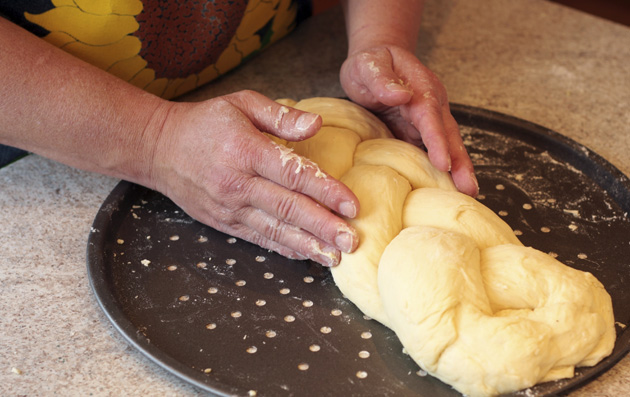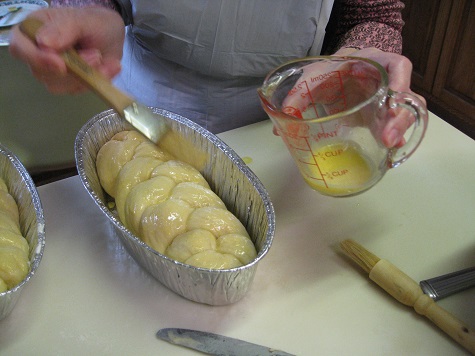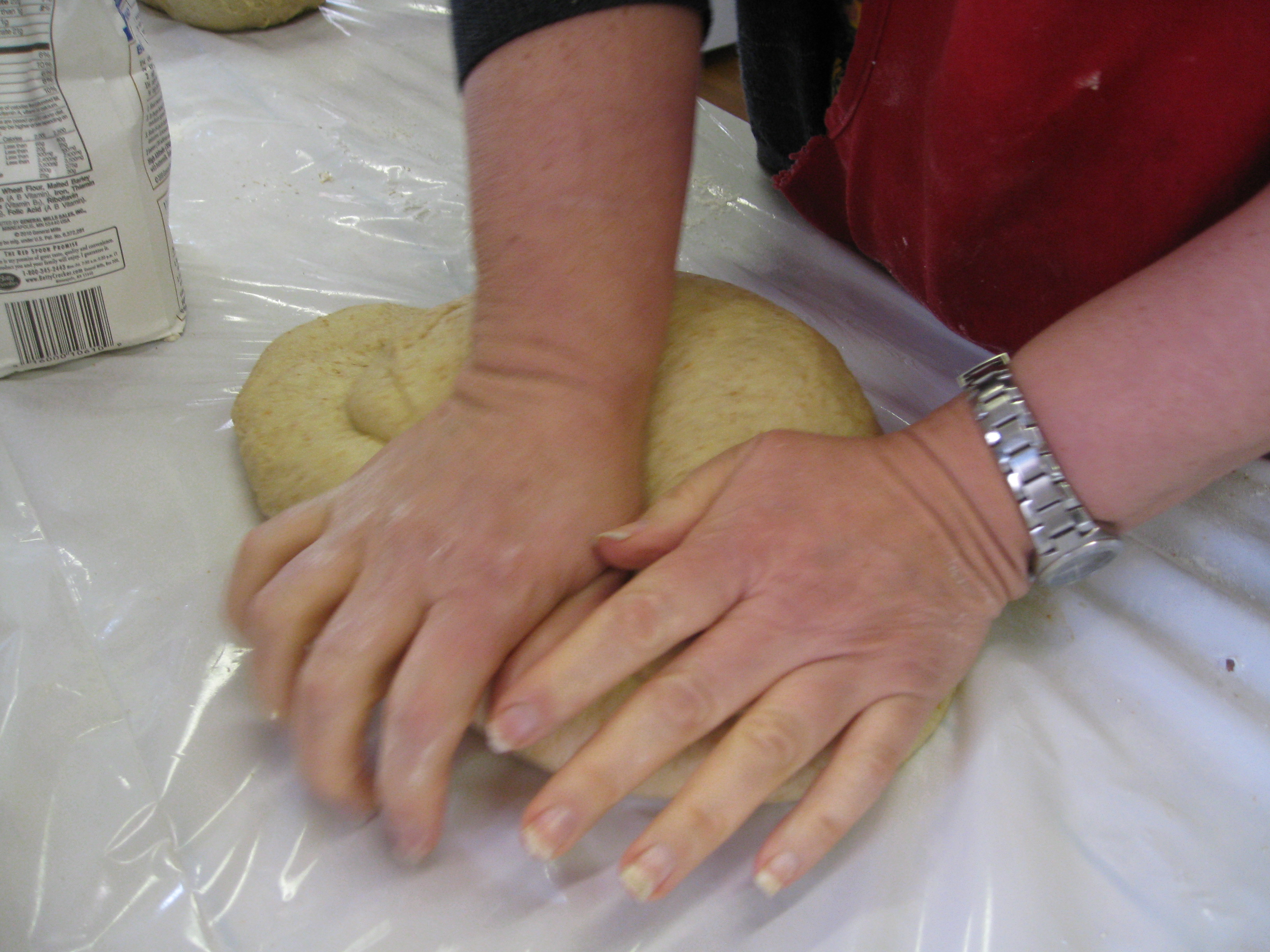- Details
- Written by Center For Return
- Category: News Items
- Hits: 912
Happy(MLK) Challah-Day
By: M. Miriam bas Aryeh

Homemade bread. What a comforting, mellow feeling that short sentence evokes. The warm, yeasty smell permeating the house, the pleasure of tearing off a hunk, the enthusiasm with which it is eaten by family and friends, add to all this the spiritual component and truly, challah must be one of the world's most revered breads.
This rich Sabbath staple, shaped in various braids or coils, gilded with an egg wash and lightly sprinkled with poppy or sesame seeds, was equal parts mystery and symbolism for me. One of the great things about challah is its subtle, smooth taste; challah is not overwhelming unless you want to bake one from scratch! I had always wanted to bake this very special bread but wasn’t sure where to start. In a classic case of ‘old-world meets new’ - I eagerly responded to the virtual invitation I received from CFR to attend the “Bake Like Bubbie Challah Baking Workshop” at the Bayit.
Curious, I hoped to learn even a small part of the long tradition about this bread, which is a Sabbath and holiday staple. What is the religious significance, or the importance attached to the various ways it's shaped? From where does it derive its name, ‘challah’. Are there any rituals attached to making or eating challah? Living in a society of florescent colored candy, sugar coated cereals, artificially flavored juices, and “bright white” bread, I also appreciated being able to eat this wholesome, homemade staple.
As one who juggles a demanding work schedule, an occasional exercise workout, and myriad family obligations, it seems there are never enough hours in the day to accomplish everything one wants. However, my usual complaint/reaction to invitations offering an exploration of my Judaism was easily remedied; this CFR event was to be held on Martin Luther King Day, and I was off from work. Hurrah! Baking challah was a challenge I was determined to conquer.
Monday was particularly cold and Mrs. Kahn greeted us with a welcome offer of hot tea when we entered the Bayit. After selecting an apron from Mrs. Kahn’s collection, each of us found a place around the work table. We placed our ceramic bowls on the plastic covered table, took out our baking tools and listened carefully to a general introduction to bread baking. The discussion of the significance and importance of a Jewish woman’s spiritual connection to challah was fascinating. "Taking challah," the act of separating a small piece of dough, is one of the three most important mitzvot given to women (along with family purity and lighting Shabbat candles). As mothers and wives, the choices we make directly impacts our families. Just a woman wants to serve her family nutritious, healthy food, a Jewish woman is equally responsible for the spiritual well-being of her family. Nothing represents this physical and spiritual nurturing like challah.
After proofing (activating) the yeast, measuring the dry ingredients and adding water and oil - the hard but pleasurable work began; creating a dough. After blending the ingredients by hand, which became a rather sticky dough, we gave our soon-to-be challahs a whirl in the electric mixer for some motorized kneading.

While waiting for the dough to rise, everyone helped serve and eat lunch. Ritual washing before eating the meal and reciting the Grace After Meals, was a first for some of the participants. Returning to the kitchen, we punched down the dough to release the air bubbles. Rabbi Kahn gave a talk about the Biblical origins of ‘taking challah”. Originally, that dough was given to a kohen, a descendant of the High Priest Aaron, who served in the Temple.
Now our dough was almost ready to be formed into loaves. Mrs. Kahn demonstrated how to take challah; we each pinched off a piece of dough, held the dough over the dough ball and listened as Mrs. Kahn recited the blessing. These chunks of dough would bake inside the oven and later thrown away.
After carefully swabbing our braided loaves with an egg wash, which gives challah that lovely caramel brown sheen, into the oven they went. It seems the most challenging part was waiting for our challahs to finish baking. The glorious smell of baking bread added to our anticipation and everyone was a bit awed as our shiny challahs emerged from the oven. Gazing proudly at our burnished breads as they cooled on the rack, for a first-timer with challah, I think these challah loaves turned out pretty well.










